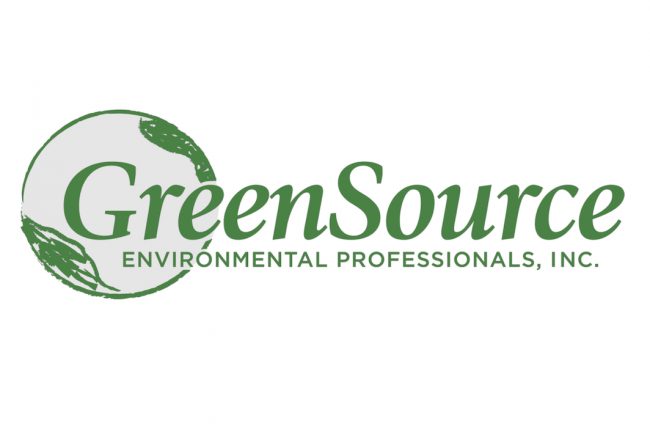Old Florida & Upper Coastal Mitigation Bank
Project Spotlight: Returning Native Wildlife and Wetland Hydrology to the Gulf Coast
Our restoration process included the introduction of a prescribed burning regime to establish a healthy ecosystem lifecycle.
Returning Native Wildlife and Wetland Hydrology to the Gulf Coast
Following decades of unprecedented growth in Florida in the early 1900s, critical wetland habitats were drained for agricultural purposes, including cattle grazing and logging. This drastically altered the land’s hydrology, and many thousands of acres remained in a degraded state for decades.
EIP’s first investment in Florida was the November 2013 purchase of the 150-acre Upper Coastal Mitigation Bank in Citrus County, an area invaded by non-native species and negatively impacted by prolonged fire suppression.
In June 2015, we won final approval to create the Old Florida Mitigation Bank. Our team combined forces with local contractors to remove non-native pine plantations and convert pasture lands back into native longleaf pine trees, Cypress, Palmetto, and other native species.
Today, Old Florida Mitigation Bank is rich with wildlife species including the wood stork, gopher tortoise, and scrub jay; Upper Coastal provides critical habitat connectivity for the threatened Florida black bear population. Some of our restoration sites are designated as “recipient sites,” where we receive and protect wildlife brought to us from other impacted habitats.
As we approach the end of our five-year monitoring phase, we continue to ensure that we’re reducing invasive species and following our prescribed fire regime.
After restoring the wetland and reinstating plants and seeds, we can see the robustness and the vitality of the pine flatwoods ecosystem come back to life. We have seen a tremendous response from native species, including state and federally threatened species that have repopulated the area.
— Troy Anderson, Assistant Director of Operations at EIP
Expanding cities and communities in the area will also benefit from our efforts. The Tampa region continues to see increasing development as businesses relocate to the area and housing needs grow.
We’ve built Old Florida Mitigation Bank in such a way that its proximity to development means it’s good for offsetting these projects.
—Joe Williams, Assistant Director of Markets at EIP
Our environmental efforts in this region are not only conserving critical ecosystems, but also supporting development required as population increases.

Our Partners
Greensource Environmental has a long history of collaborating with EIP since the beginning. Across our projects in the Old Florida & Upper Coastal region, Greensource conducted a thorough evaluation of historical land use, before-impact conditions (before wetlands were impacted by cattle ranching), as well as ongoing impacts to the land. The team delivered results that translated into an effective restoration plan — one that only comes with a deep understanding of the intricate interconnectedness of ecological function. As our “Ecological Sherlock Holmes,” the firm takes time to investigate existing conditions, helping us find clues to identify and improve specific limiting factors to maximize uplift.
